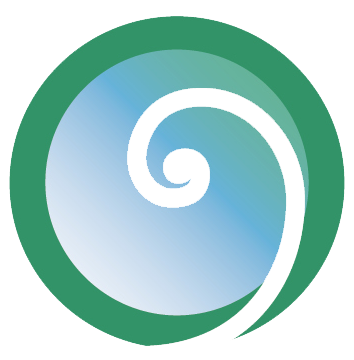Sensing and Knowing: Your Superpower
Something I appreciate about mindfulness, whether through meditation or Alexander Technique (AT), is the way it reveals what I usually take for granted. Meditation is largely a process of recognizing what is being known in the moment. You’ll often hear a teacher say, “simply sitting and knowing you are sitting.”
Have you ever wondered how you know you’re sitting and not, for instance, standing or lying down?
A key feature of the AT is its ability to activate kinesthetic awareness, which functions like a superpower, helping you know how you are doing anything that you might be doing. It is how you know what you’re sensing and how you sense what you’re knowing.
Bodymind Experiment:
Start where you are.
Notice that you are here, that you’ve arrived. Notice the seat you’re in and how you are sitting in it. Don’t move yet, just notice how it supports you. How does your weight fall into it?
Don’t change anything, just keep noticing, stay with your awareness of what you are sensing.
Now observe that you are breathing. Again, no need to change how you’re breathing, just feel it. Feel it coming and going in the body. Now include your awareness from a moment ago, feeling how your weight sits in the chair, contacting that support.
Can you be curious about feeling your breath and your sitting body at the same time?
Autopilot, Posture, and Kinesthetic Awareness
It has been said that “We become the shape of our habits.”
What shape did you find yourself in just now? Did you realize that your various body parts were in the positions they were in? Were you surprised by what you noticed? And did you feel a strong urge to move? To fix or change the arrangement of the parts? How did it feel not to act on that urge, if you didn’t?
It's normal to not know what we are doing while we’re busy carrying out an activity, especially an everyday activity that we do hundreds of times a week, like sitting. And that’s pretty convenient, isn’t it? You don’t want to have to remember how to brush your teeth every time you go to do that; your mind is happy to be gnawing over some problem or floating along in a lovely daydream while your body’s on autopilot brushing your teeth.
We become the shape of our habits.
Unfortunately, autopilot is usually running the show most of the time, and meanwhile our strange, amusing, often harmful habit patterns get reinforced without our consent and we do indeed become the shape of them, for better or worse.
An early awakening to my unconscious movement habit patterns came a few months into taking Alexander lessons. I was opening a can with a manual can opener, which is primarily an action of the hand and wrist. But as I turned it, I lifted my shoulder and pulled my arm into the side of my body. When I noticed this, I realized how much weird, extra effort I was adding to a simple activity, how this contortion made what I was doing harder. So I paused, then released the lifted shoulder and the compressed arm and, voilá! – I opened the can without all that extra tension.
Humans are dynamic beings, designed for movement. The body is constantly changing shape, depending on the activity it’s engaged in. The way you use yourself in activity -- how you do what you do -- determines whether you are free and open, moving with poise and balance, or tense, contracted, and adding undue strain on your body. That's why awareness is key. By including a sense of my body, bringing present moment attention to it, I accessed my kinesthetic field. Because I paused, I was able to use that kinesthesia to help me decide what to change about how I was opening the can. In making a different choice I used my proprioception.
Fancy words -- what do they mean?
Kinesthesia refers to the ability to perceive the extent, direction, or weight of movement. It's the superpower that underlies how you experience all your other senses, because all sensing is essentially a kind of movement.
Proprioception describes the awareness of changes in equilibrium and the knowledge of position, weight, and resistance of objects in relation to the body.
The aim of the Alexander Technique is to learn how to cooperate with the body's natural system of alignment and capacity for balance, to develop and refine the skill of applied kinesthesia -- or to put it more simply -- to know what you are doing as you are doing it.
When you know what you're doing, you can make conscious, informed choices about how you want to do it. Awareness offers options.
Until you begin to notice your patterns, you will continue to be subtly (or not so subtly) damaging yourself unnecessarily. You are also missing out on the times when you move well and with ease, and it’s just as important to use your kinesthetic superpower to recognize these experiences too. Once you do begin to see what you are doing in activity, then you have some choices about how you'd like to proceed. You can learn to respond mindfully rather than react mindlessly.


